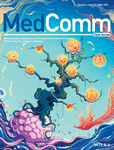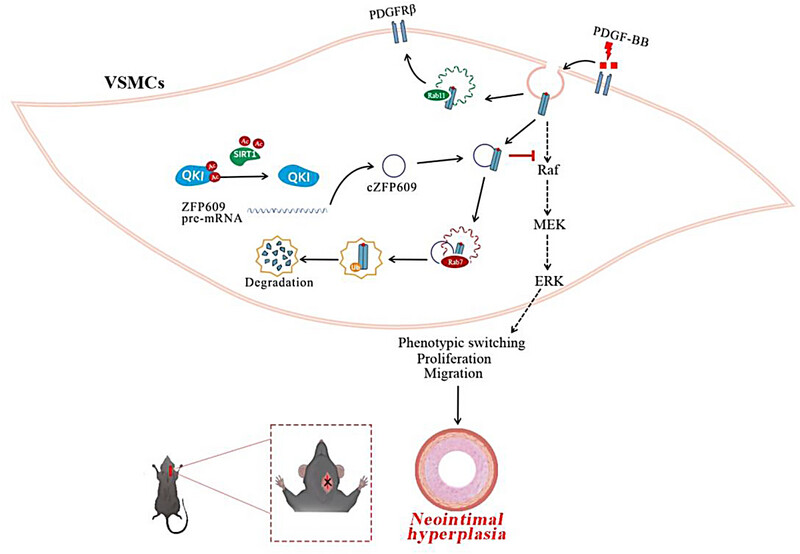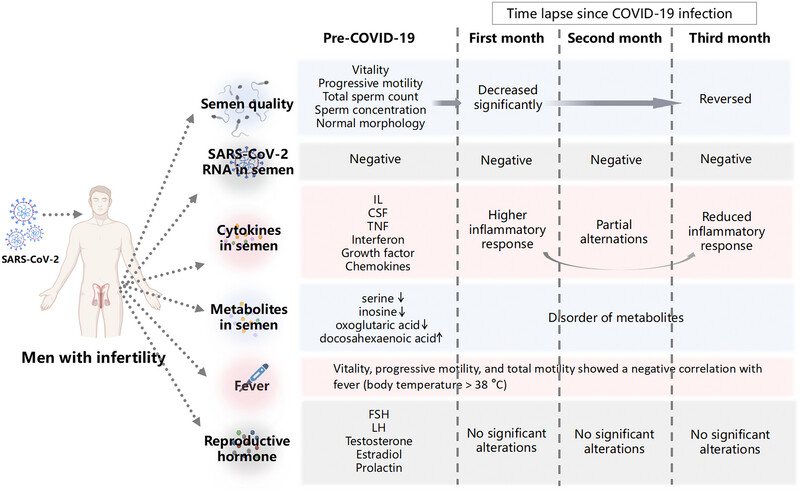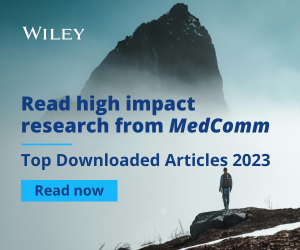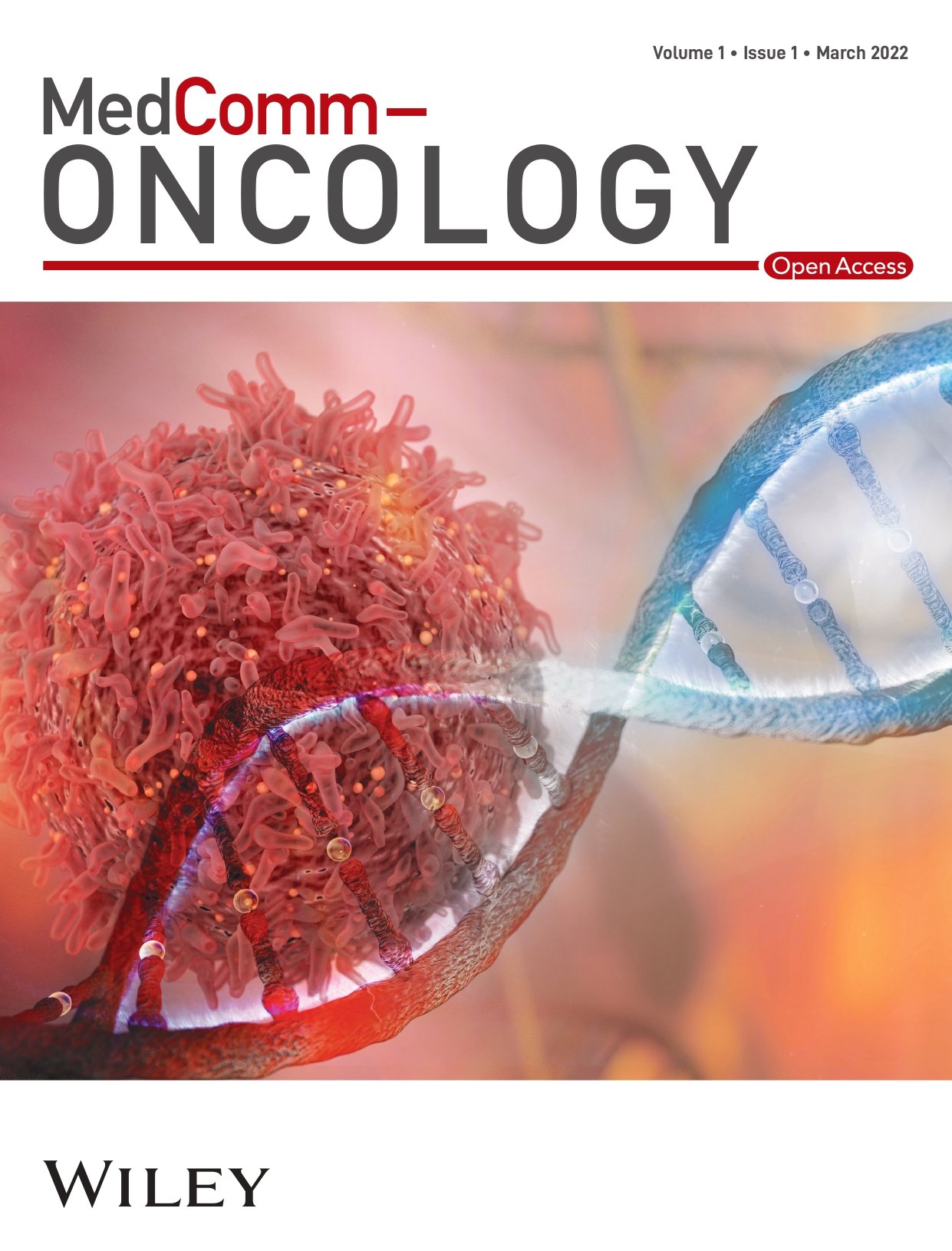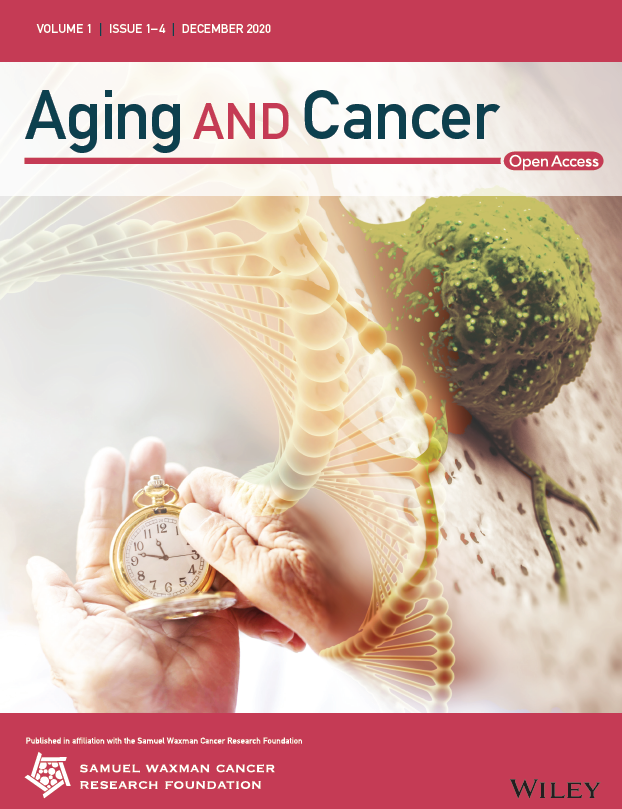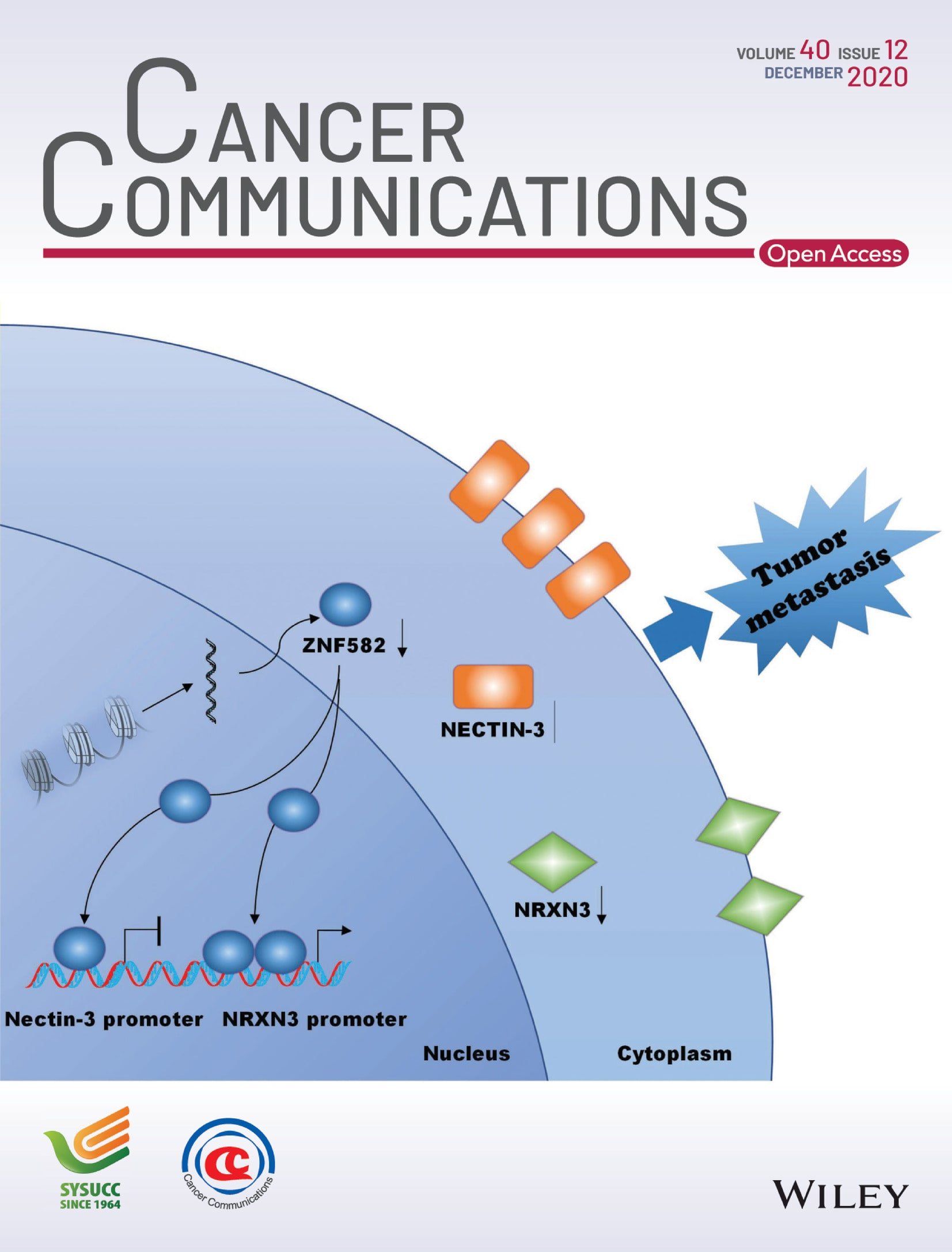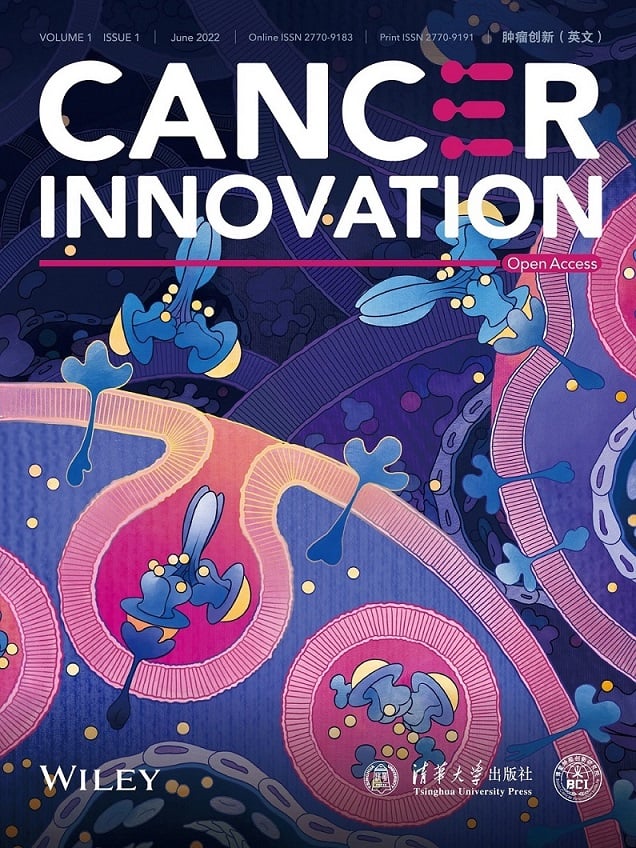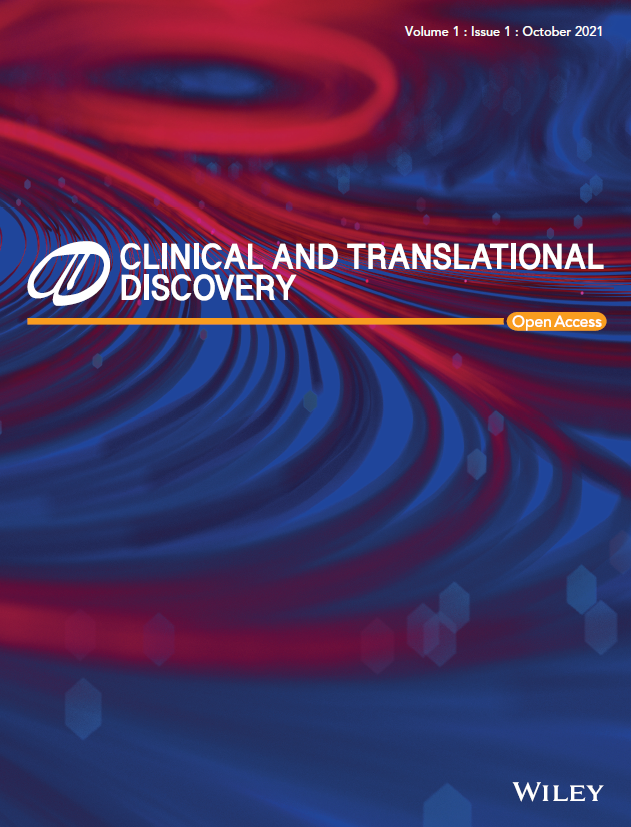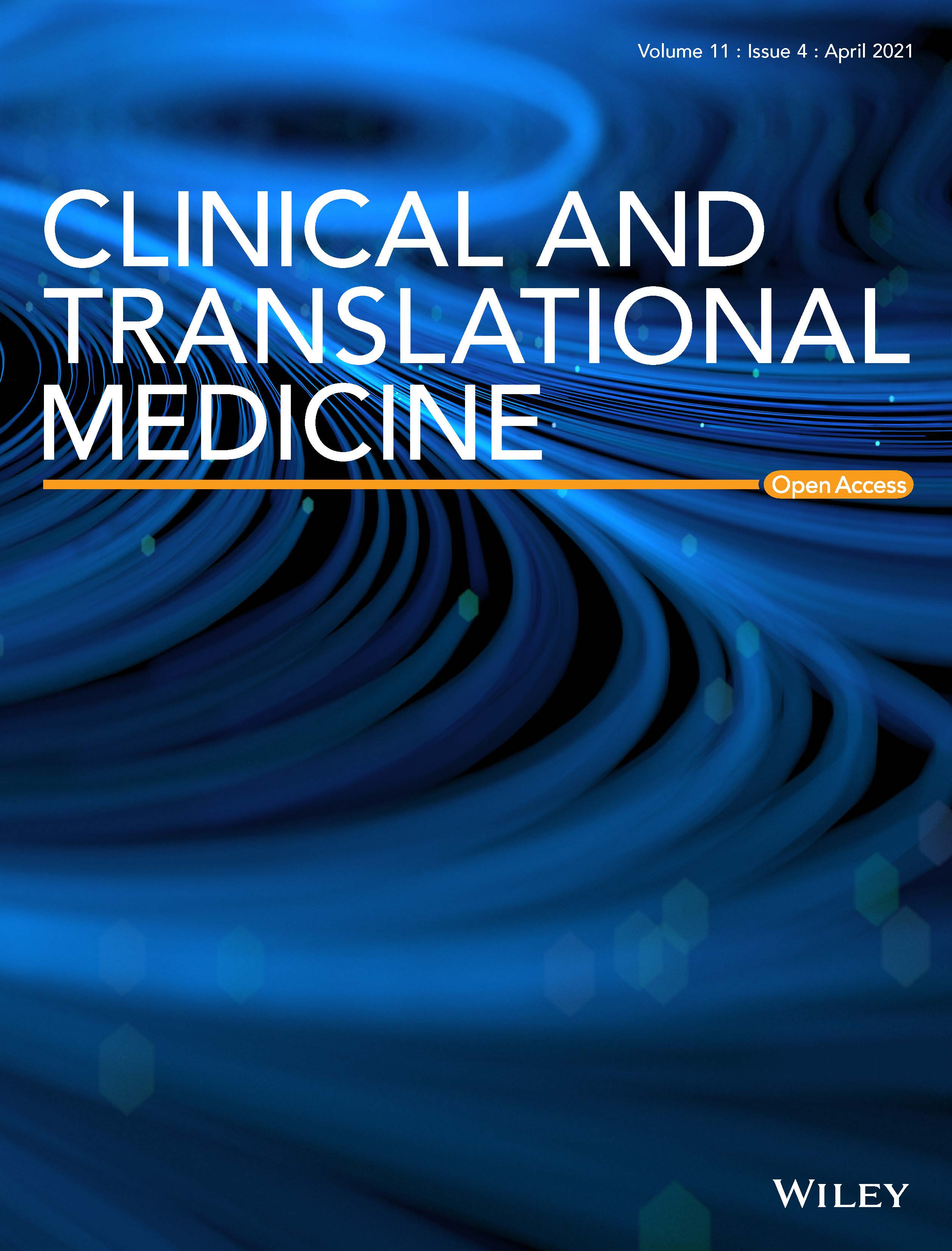Journal list menu
Export Citations
Download PDFs
ISSUE INFORMATION
HIGHLIGHT
Expanding the Scope of Molecular Glues: TRIM21 as a Multimeric Protein Degrader
- First Published: 14 April 2025
New Insights Into the Human Dopamine Transporter: Structure, Function, and Therapeutic Potential
- First Published: 14 April 2025
Cryo-EM Structures Reveal Key Mechanisms of Noradrenaline Transporter
- First Published: 14 April 2025
LETTER
Broad-Spectrum Antiviral Activity of the Orally Bioavailable Antiviral ATV014 Against Multiple Coronaviruses
- First Published: 15 April 2025
Single-Cell Transcriptomics Revealed E-Cigarettes-Induced Vascular Remodeling by Enhancing Tcf21 Expression
- First Published: 17 April 2025
REVIEW
GABAB Receptor: Structure, Biological Functions, and Therapy for Diseases
- First Published: 16 April 2025
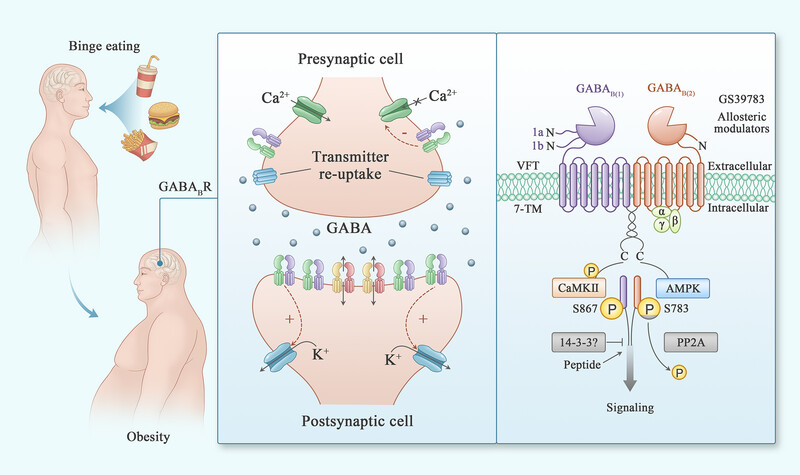
Within the GABAergic system, GABABRs are potential therapeutic targets for dealing multiple metabolic and binge eating disorders and food addiction. Allosteric modulators and small peptides targeting GABABR signaling pathways may be developed as attractive drug candidates that avoid the side effects of agents that directly bind these receptors.
ORIGINAL ARTICLE
Quaking–cZFP609 Axis Remedies Aberrant Plasticity of Vascular Smooth Muscle Cells via Mediating Platelet-Derived Growth Factor Receptor β Degradation
- First Published: 16 April 2025
Integrative Multiomics Profiling of Mouse Hippocampus Reveals Transcriptional Upregulation of Interferon-Stimulated Genes Through PU.1 Regulator in Microglial Activation Induced by Chronic Cerebral Hypoperfusion
- First Published: 15 April 2025
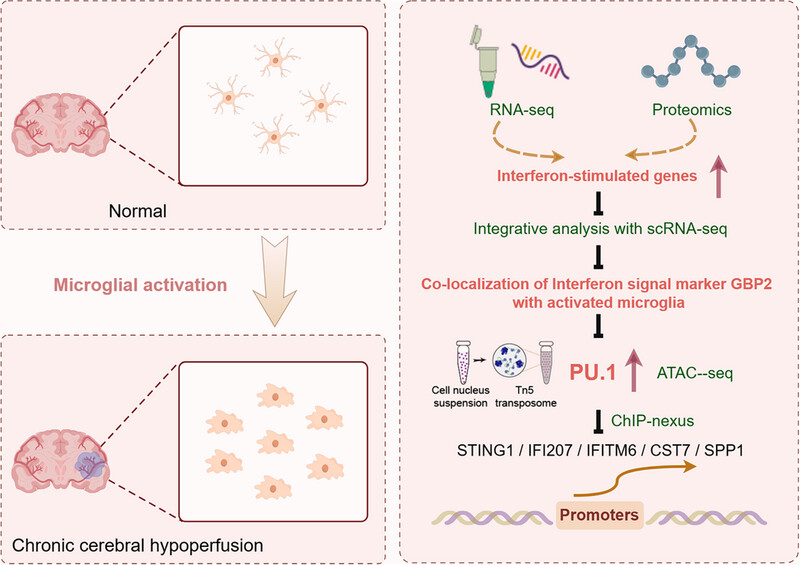
In this study, we utilized a multiomics approach to investigate the response of hippocampal microglia to BCAS-induced hypoperfusion. Proteomic, transcriptomic, and epigenomic analyses revealed that microglia are key responders to interferon (IFN) signaling. PU.1 underwent epigenetic modifications, correlating with altered chromatin accessibility and transcriptional regulation of genes driving microglial activation and inflammation during chronic cerebral ischemia.
REVIEW
Advancements in Diagnostics and Therapeutics for Cancer of Unknown Primary in the Era of Precision Medicine
- First Published: 16 April 2025
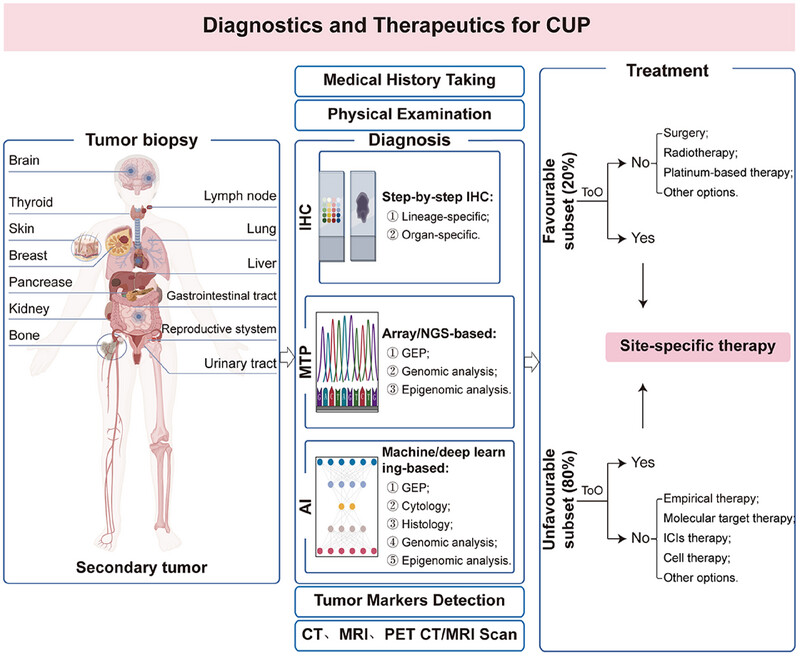
In clinical practice, routine examinations for patients with CUP include taking a medical history, conducting a physical examination, and detecting serum tumor markers. In addition, IHC or MTP-based methodologies were suggested to assist in identifying the tissue origin of CUP and guiding site-specific therapy for CUP.
Gut Microbiota Dysbiosis: Pathogenesis, Diseases, Prevention, and Therapy
- First Published: 18 April 2025
ORIGINAL ARTICLE
Modeling Stromal Cells Inside the Tumor Microenvironment of Ovarian Cancer: In Vitro Generation of Cancer-Associated Fibroblast-Like Cells and Their Impact in a 3D Model
- First Published: 17 April 2025
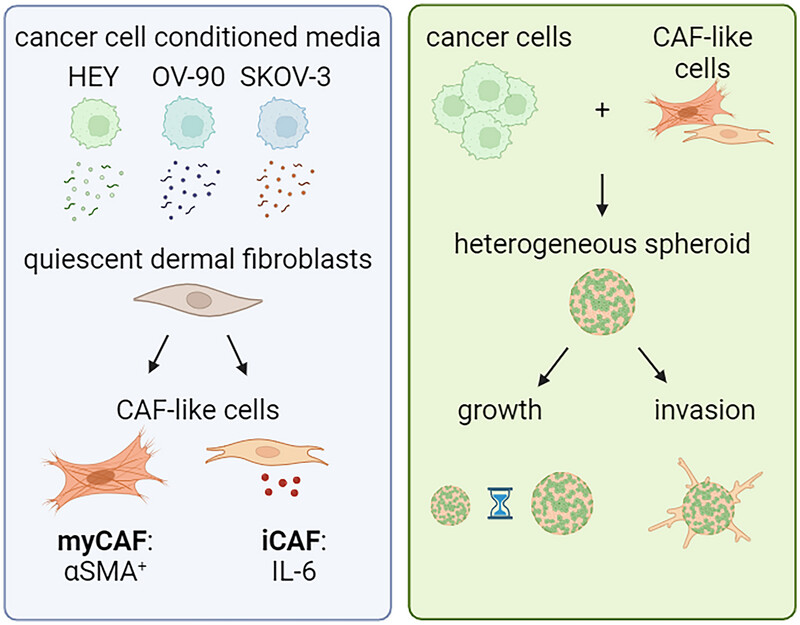
Conditioned medium from ovarian cancer cell lines influences fibroblast differentiation into distinct CAF subpopulations (iCAF, myCAF). A 3D model mimicking the tumor microenvironment was developed to study CAF roles in tumor spheroid growth and invasion. Results reveal tumor-driven fibroblast reprogramming and offer a dependable framework for exploring new treatment targets in ovarian cancer.
Hypoxia-Driven Neurovascular Impairment Underlies Structural-Functional Dissociation in Diabetic Sudomotor Dysfunction
- First Published: 24 April 2025
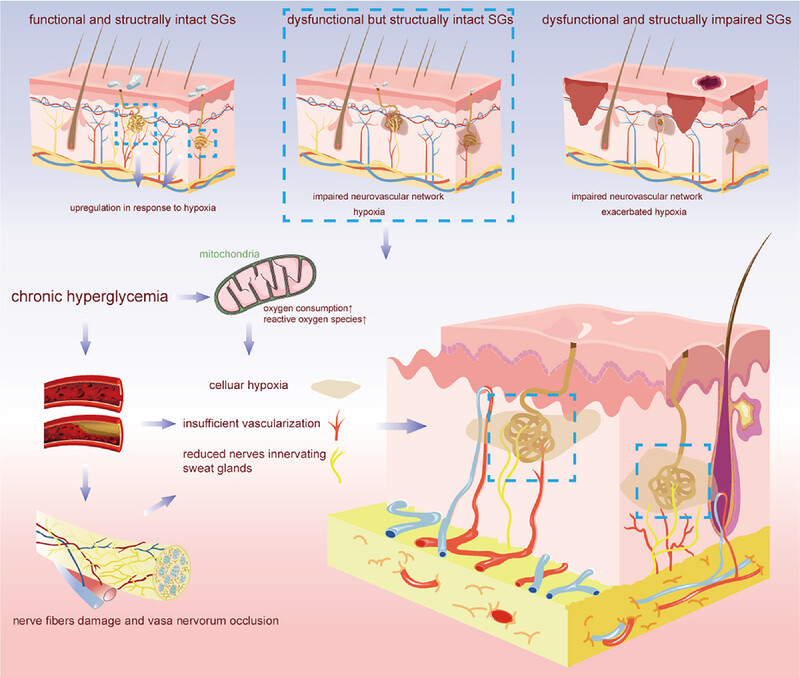
The progressive functional impairment of sweat glands in diabetic sudomotor dysfunction often precedes structural changes. The underlying pathogenesis of the dysfunctional but structurally normal phase of sweat gland dysfunction can be attributed to three main factors: cellular hypoxia, insufficient vascularization, and a reduction in the number of nerves innervating the sweat glands.
REVIEW
Dysregulation of Astrocytic ATP/Adenosine Release in the Hippocampus Cause Cognitive and Affective Disorders: Molecular Mechanisms, Diagnosis, and Therapy
- First Published: 17 April 2025
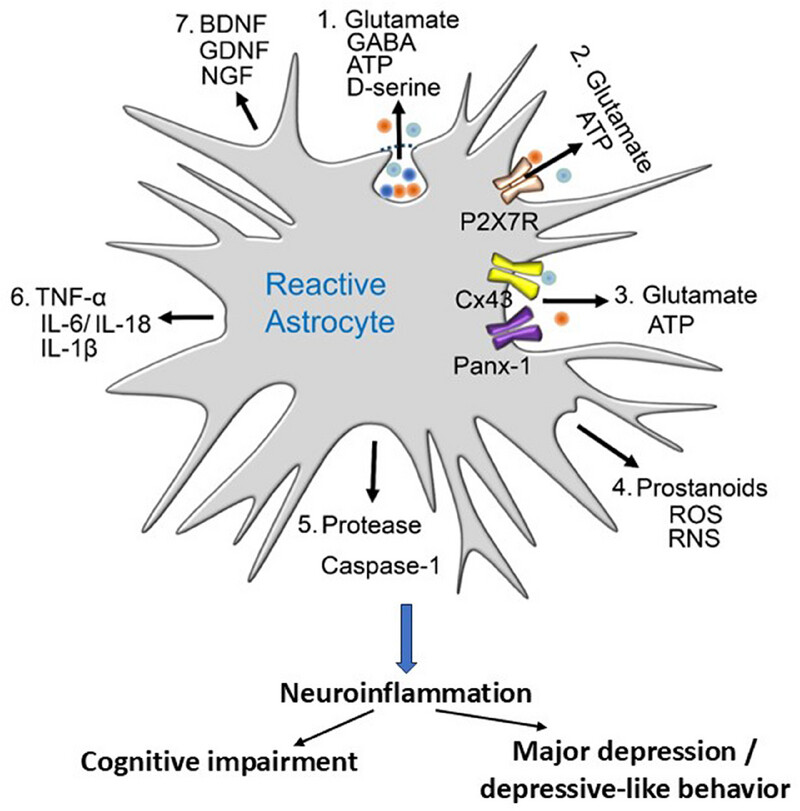
Reactive astrocytes release various molecules, which play a role in maintaining central nervous system (CNS) homeostasis. (1) Gliotransmitters, such as glutamate, γ-aminobutyric acid (GABA), ATP, and D-serine, are secreted by vesicular exocytosis. In addition, astrocytes can also release ATP and glutamate through (2) P2X7Rs, (3) connexin-43 (Cx43) hemichannels and pannexin-1 (Panx-1) channels. (4) Prostanoid,. reactive oxygen (ROS) and nitrogen (RNS) species also leave the intracellular space. (5) Proteases such as caspase-1 are outpoured to degrade various proteins. (6) The proinflammatory cytokines interleukin-1β (IL-1β), IL-6, and IL-18, as well as tumor necrosis factor-α (TNF-α) cause neuroinflammation. Damage to CNS cells contributes to neurodegeneration and promotes cognitive impairment, for example, in Alzheimer's disease (AD). (7) However, reactive astrocytes also secrete the growth factors brain-derived neurotrophic factor (BDNF), glial-cell-derived neurotrophic factor (GDNF), and nerve growth factor (NGF), promoting proliferation. Reactive astrocytes promote neuroinflammation, which is a cause of major depression in humans and depressive-like behavior in rodents. Reproduced with permission from Ref. [259].
ORIGINAL ARTICLE
Novel Trispecific Neutralizing Antibodies With Enhanced Potency and Breadth Against Pan-Sarbecoviruses
- First Published: 21 April 2025
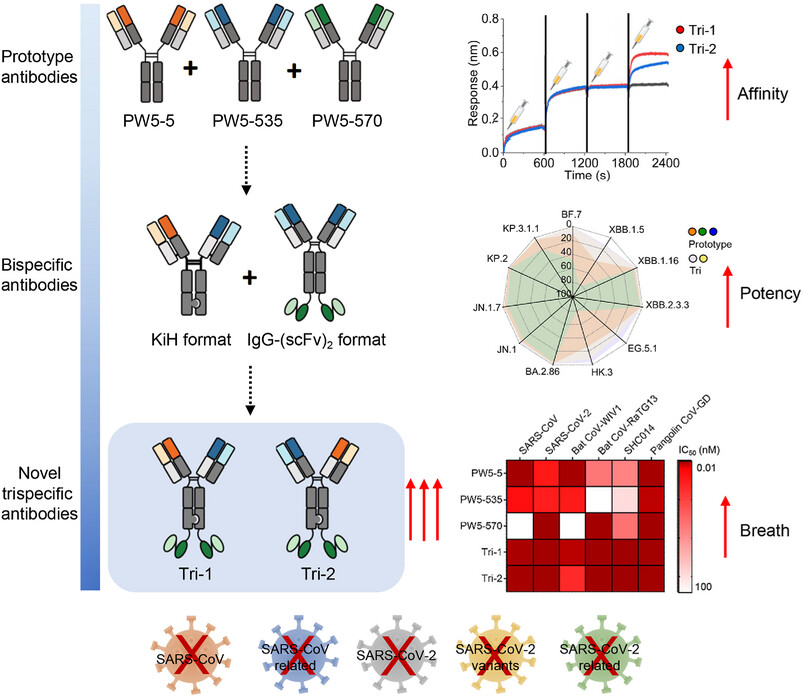
Multispecific antibodies harness the advantages of two or more mAbs. In this study, we designed novel trispecific antibodies, Tri-1 and Tri-2, derived from our previously identified mAbs, PW5-5, PW5-535, and PW5-570. These trispecific antibodies exhibited enhanced binding affinity and broad neutralization capacity against SARS-CoV, SARS-CoV-2 variants, and related sarbecoviruses, demonstrating potent pan-sarbecovirus potential with improved efficacy over their parental antibodies.
REVIEW
Neutrophils in Tissue Injury and Repair: Molecular Mechanisms and Therapeutic Targets
- First Published: 21 April 2025
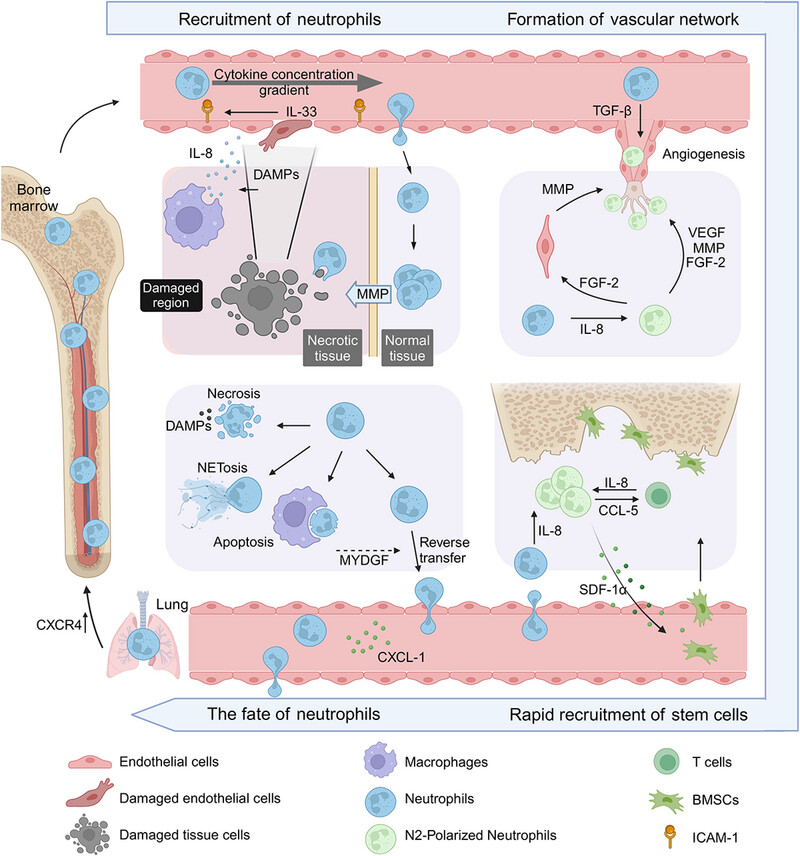
Tissue repair is a highly intricate and ordered dynamic process that heavily relies on the orchestration of immune cells. In addition to their well-established antimicrobial functions in innate immunity, neutrophils also play an indispensable role in tissue repair. In this review, we focus on the emerging roles of neutrophils in the early stages of tissue injury, encompassing their recruitment and activation mechanisms following tissue damage, their involvement in vascular network formation, their contribution to tissue repair processes, and the impact of neutrophil fate on overall tissue healing outcomes .
ORIGINAL ARTICLE
Alterations in Semen Quality and Immune-Related Factors in Men with Infertility who Recovered from COVID-19
- First Published: 24 April 2025
REVIEW
Alopecia Areata: Pathogenesis, Diagnosis, and Therapies
- First Published: 21 April 2025
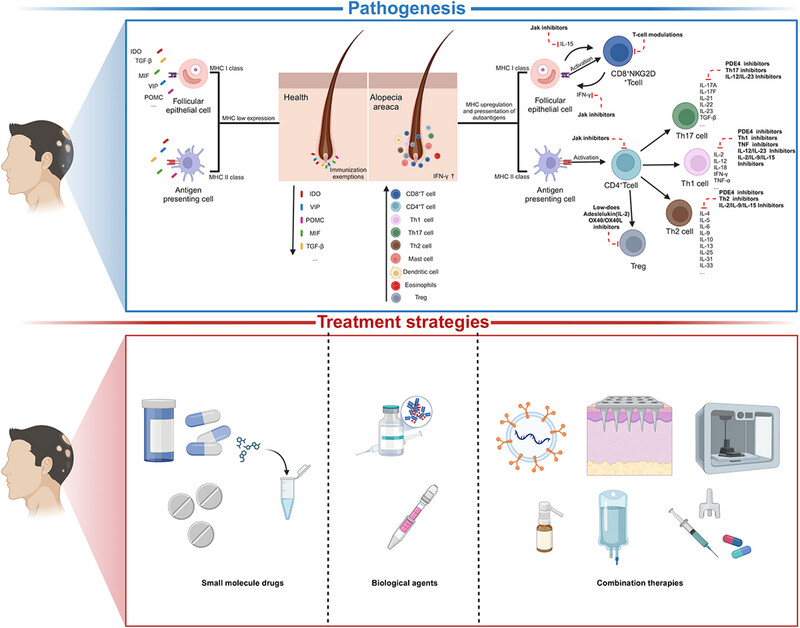
This review probed into the immune factors in the pathogenesis of AA, focusing on the small molecule drugs and biologics for the treatment of AA, and anticipated the research direction in terms of the pathogenesis and targeted therapy of AA. It aims to emphasize the necessity for further exploration of its immunological pathogenesis and therapeutic strategies.
ORIGINAL ARTICLE
The Challenge in Burden of Pulmonary Arterial Hypertension: A Perspective From the Global Burden of Disease Study
- First Published: 24 April 2025
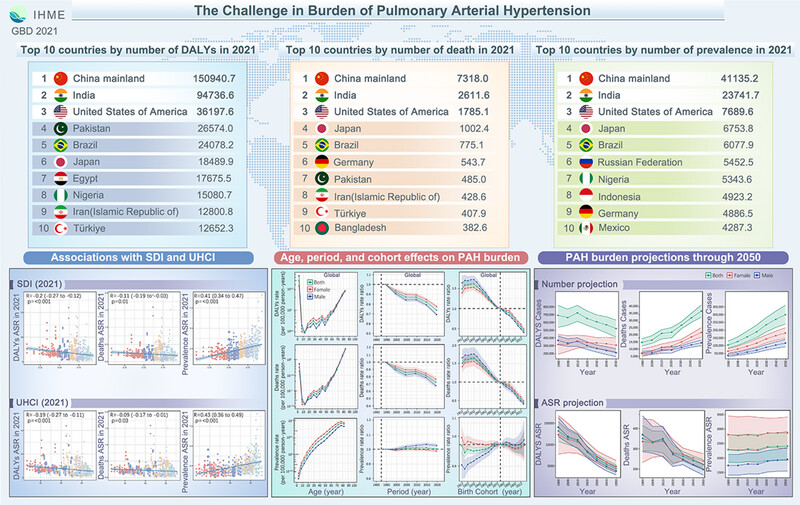
Pulmonary arterial hypertension (PAH) imposes a major global health burden. In 2021, China mainland reported the highest disability-adjusted life years (DALYs). Age-standardized DALYs/death rates inversely correlated with socio-demographic index (SDI) and universal health coverage index (UHCI), while PAH prevalence increased with these indices. Age-period-cohort analysis revealed rising burden with age. Projections predict escalating deaths and prevalence by 2025, demanding targeted interventions.
Integrating Multiplex Immunohistochemistry and Machine Learning for Glioma Subtyping and Prognosis Prediction
- First Published: 22 April 2025
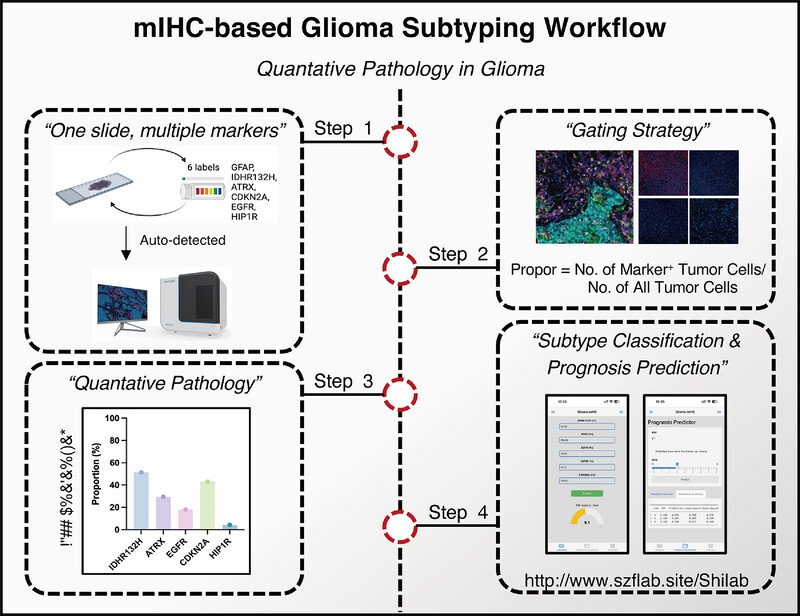
Our study developed a novel framework for glioma subtyping using multiplexed immunohistochemistry (mIHC) and machine learning. Our study is based on a gating strategy, which utilizes automated image recognition to determine the proportion of tumor cells positive for specific biomarkers within the overall tumor cell population. We refer to this approach as ‘quantitative pathology.’ This mIHC-based method enables rapid glioma classification, facilitating tailored treatment strategies and more accurate prognosis prediction.
Tripartite Motif Containing 65 Deficiency Confers Protection Against Acute Kidney Injury via Alleviating Voltage-Dependent Anion Channel 1–Mediated Mitochondrial Dysfunction
- First Published: 22 April 2025
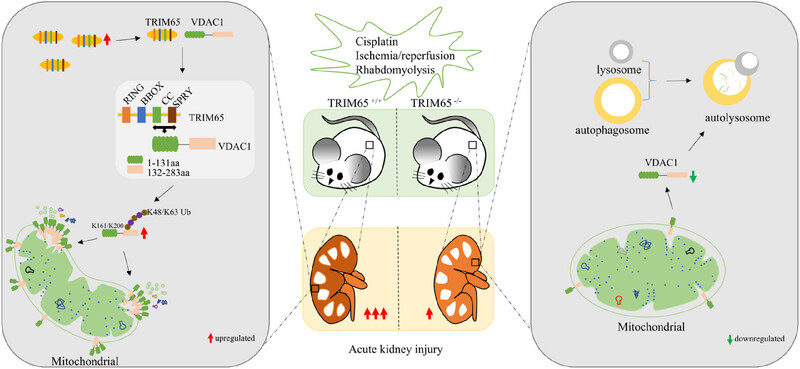
In the context of acute kidney injury (AKI) resulting from a multiplicity of causes, including chemotherapeutic agents such as cisplatin, I/R injury, and rhabdomyosarcoma, the TRIM65 protein is upregulated in renal tubular epithelial cells. The TRIM65 protein mediates K48/K63-linked ubiquitination of the mitochondrial outer membrane protein VDAC1, thereby increasing its stability and resulting in mitochondrial dysfunction. In the absence of TRIM65, VDAC1 is maintained at a lower level of protein through the autophagy pathway, which promotes the repair of mitochondrial function and ultimately protects against acute kidney injury.
DEAD-Box Helicase 6 Blockade in Brain-Derived Aβ Oligomers From Alzheimer's Disease Patients Attenuates Neurotoxicity
- First Published: 24 April 2025
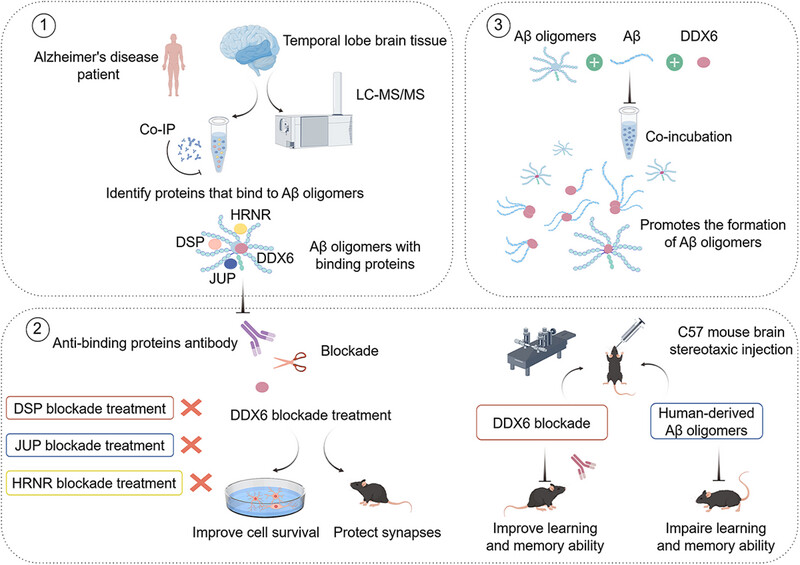
We identified four proteins (DSP, JUP, HRNR, and DDX6) that bind to amyloid-beta (Aβ) oligomers derived from the brains of Alzheimer's disease (AD) patients. Among these four proteins, only the blockade of DEAD-box helicase 6 (DDX6) in AD brain-derived Aβ oligomers attenuated their neurotoxicity. Mechanistic analysis showed that DDX6 promotes the formation of Aβ oligomers, likely due to DDX6 bind to Aβ oligomers at four distinct sites. Thus, DDX6 could serve as a therapeutic target for efforts to reduce the neurotoxicity of Aβ oligomers in the brain and prevent subsequent development of AD.
REVIEW
Self-Healing Hydrogels: Mechanisms and Biomedical Applications
- First Published: 24 April 2025
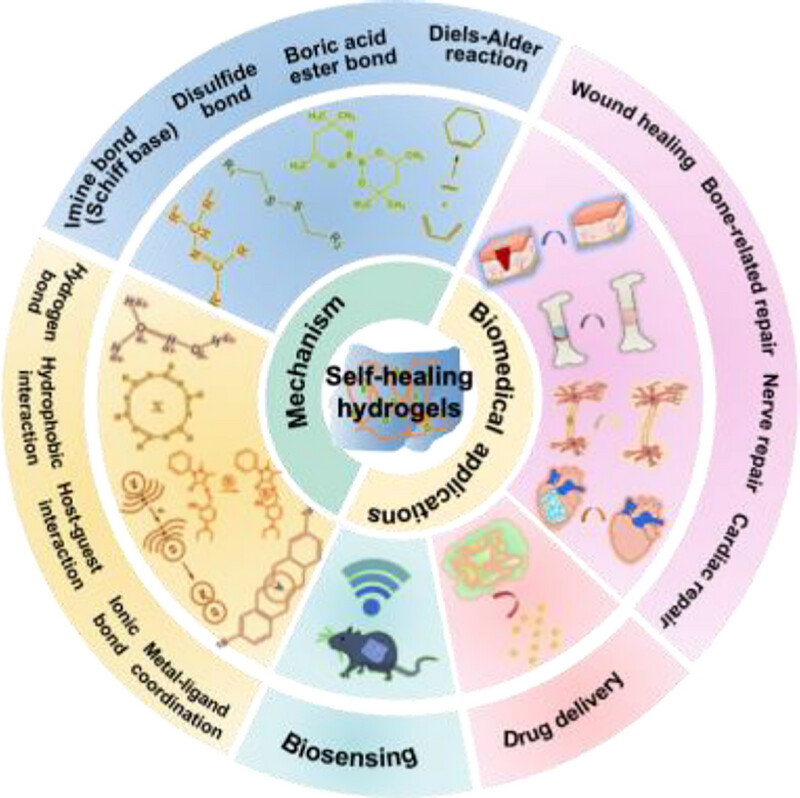
This review explores the advancements in self-healing hydrogels for tissue repair, highlighting their exceptional biocompatibility and tunable mechanical properties. It delves into the categories, self-healing mechanisms, and biomedical applications of these hydrogels, including wound healing, drug delivery, and tissue engineering. The paper also discusses the challenges faced by self-healing hydrogels and provides insights into their future development in the biomedical field.
LETTER
Midnolin Ubiquitination is Required for its Proteasome-Mediated Degradation
- First Published: 24 April 2025
REVIEW
Tissue Engineering and Regenerative Medicine: Perspectives and Challenges
- First Published: 24 April 2025
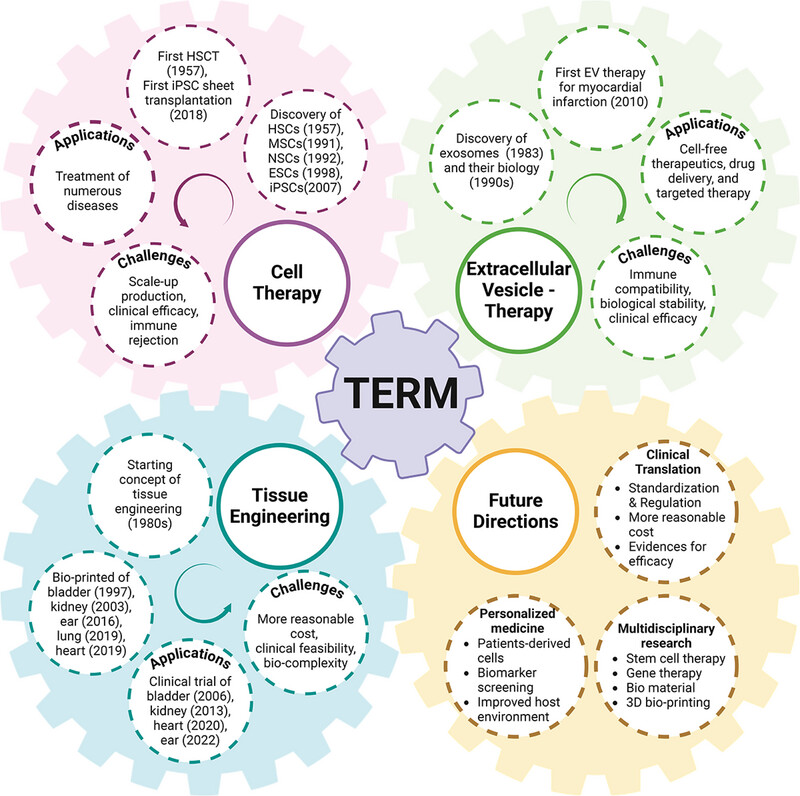
Tissue engineering and regenerative medicine. This review presents cell therapy, extracellular vesicle therapy, and tissue engineering in regenerative medicine, highlighting their key historical milestones, clinical applications, and current challenges. It emphasizes future directions, focusing on advancing clinical translation and personalized medicine, establishing standardization and regulation, and fostering multidisciplinary research and interdisciplinary collaboration to enhance the clinical impact of these integrated approaches.
Molecular Hydrogen Therapy: Mechanisms, Delivery Methods, Preventive, and Therapeutic Application
- First Published: 28 April 2025
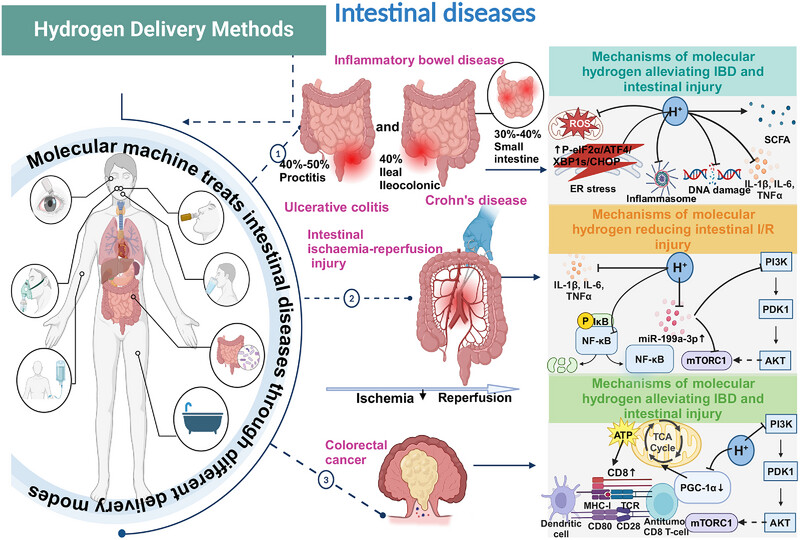
Molecular hydrogen, delivered through inhalation, hydrogen-rich water, or hydrogen solution injection, reduces oxidative stress, regulates immune responses, facilitates cell repair, and alleviates inflammatory bowel disease (IBD) and intestinal injury. Its protective mechanisms in ischemia–reperfusion injury and colorectal cancer are associated with the regulation of NF-κB and PI3K/AKT/mTOR signaling pathways.
PERSPECTIVE
The Third Pillar of Precision Medicine — Precision Delivery
- First Published: 28 April 2025
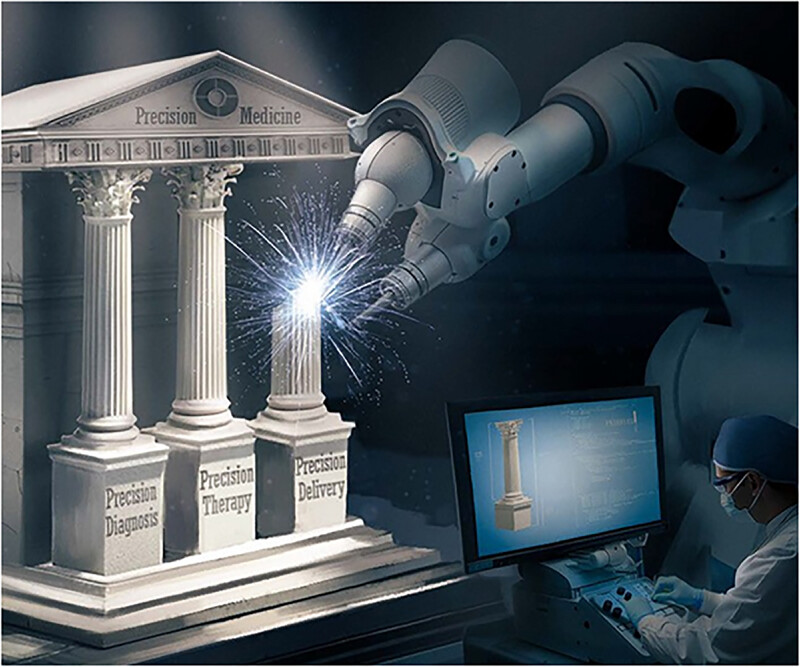
For Precision Medicine to reach its full potential, a third pillar called Precision Delivery is starting to evolve to complement the existing two pillars of Precision Diagnosis and Precision Therapy. Precision Delivery will help ensure the right therapy for the right disease will be able to reach the right location at the right time .
ORIGINAL ARTICLE
Dual MNK/VEGFR2 Inhibitor JDB153 Enhances Immunotherapeutic Efficiency and Chemosensitivity in Lung Cancer
- First Published: 29 April 2025
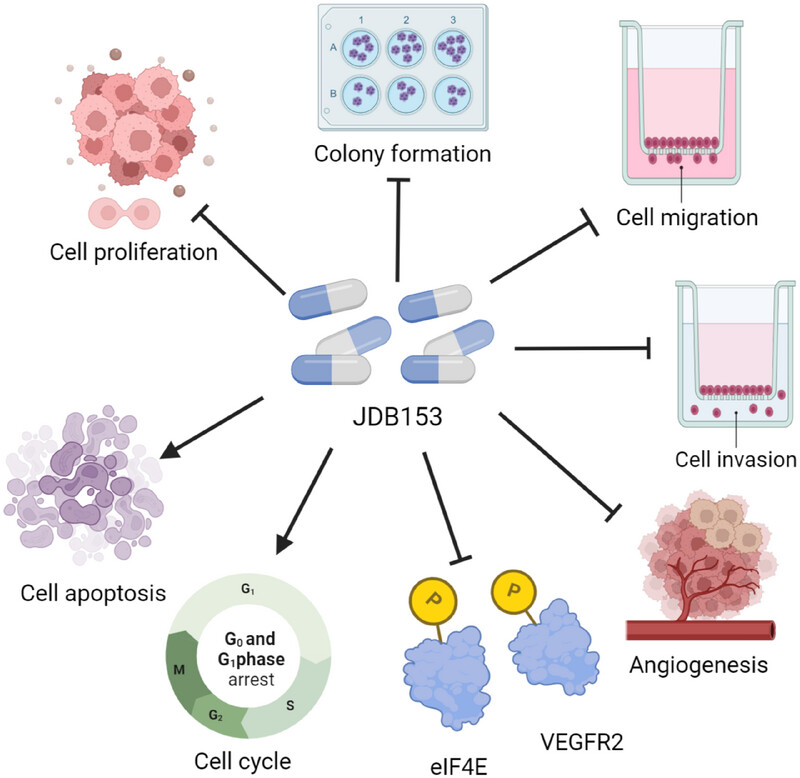
JDB153 is a novel dual MNK/VEGFR2 inhibitor that exhibits effective therapeutic activity against NSCLC with favorable safety. It inhibits the phosphorylation of eIF4E and VEGFR2 dramatically and suppresses the growth and proliferation of both LL2 and H460 cells. JDB153 can promote cell apoptosis, induce cell cycle arrest, and inhibit tumor neovascularization. In the experiments in vivo, JDB153 in combination with PD-1 Ab or cisplatin exhibits synergetic antitumor capacity with good tolerance, which would be complementary to current antitumor approaches and aid the optimization of NSCLC treatment .
HIGHLIGHT
Microbiome: A New Perspective on Immunotherapy for Metastatic Tumors
- First Published: 01 May 2025
REVIEW
Organoid-Guided Precision Medicine: From Bench to Bedside
- First Published: 01 May 2025
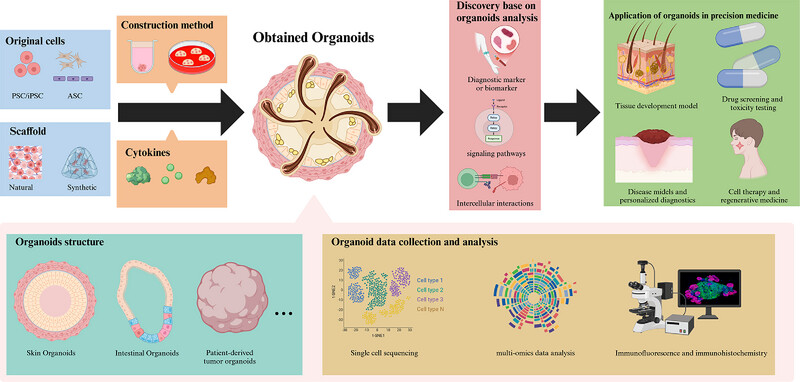
This review focuses on the structural and characterization aspects of organoids derived from original cells and scaffold materials. It also examines the construction methodologies, the incorporation of cytokines, and the practical applications in precision medicine. These applications include models for tissue development, drug screening and toxicity testing, disease modeling, personalized diagnostics, cell therapy, and regenerative medicine.
ORIGINAL ARTICLE
Novel Mutation at Cys225 in GNAO1-Associated Developmental and Epileptic Encephalopathies: Clinical, Molecular, and Pharmacological Profiling of Case Studies
- First Published: 07 May 2025
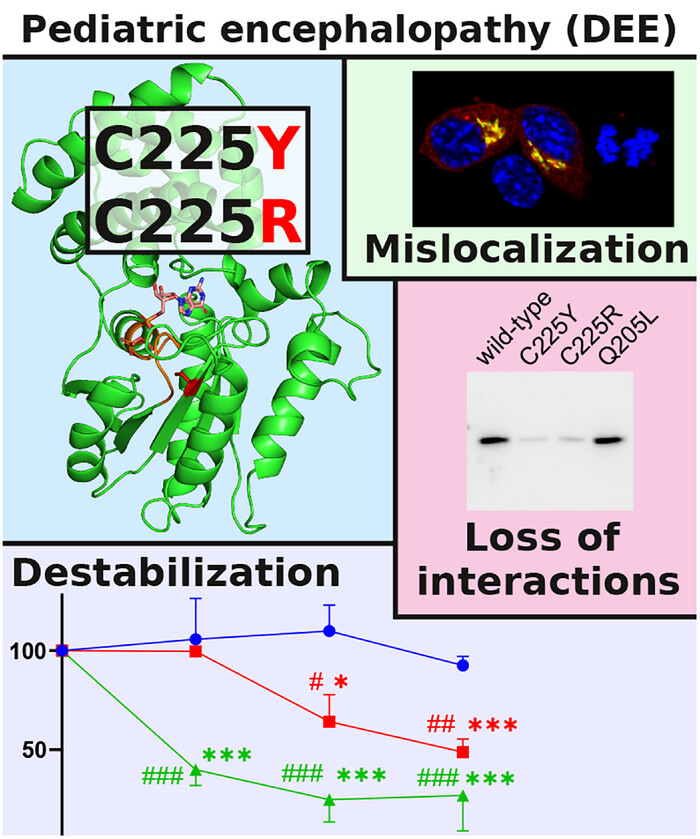
The major neuronal G protein Gαo (structural model on the left) is mutated in position Cys225 to Tyr or Arg in a severe form of pediatric encephalopathy. These pathogenic variants produce the protein deficient in physiological cellular interactions, cellular stability, and plasma membrane localization.
LETTER
Effects of Intensive Systolic Blood Pressure Control on Glycometabolic and Cardiovascular Outcomes in Normoglycemic Patients: A Secondary Analysis of a Randomized Trial
- First Published: 07 May 2025
Biallelic DNAH11 Variations Cause Male Infertility with Multiple Morphological Abnormalities of the Sperm Flagellum in Humans
- First Published: 10 May 2025
ORIGINAL ARTICLE
Death-Associated Protein 3 Triggers Intrinsic Apoptosis via Miro1 Upon Inducing Intracellular Calcium Changes
- First Published: 10 May 2025
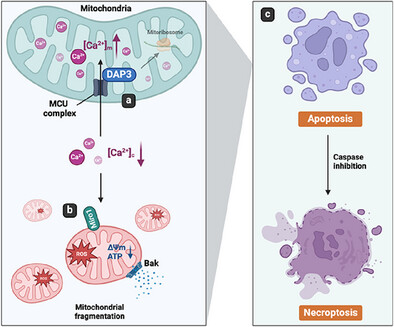
DAP3 regulates intracellular Ca2+ via the MCU complex. Upregulated level of DAP3 promotes mitochondrial calcium uptake, leading to decreased cytosolic Ca2+ levels ([Ca2+]c). The change of [Ca2+]c is sensed by Miro1, resulting in mitochondrial fragmentation, ΔΨm loss, ATP reduction, and ROS burst. Thereafter, the damaged mitochondria induce apoptosis in a Bak-dependent manner. In the presence of apoptotic inhibitor, the cell death type shifts to necroptosis.
HIGHLIGHT
Separate Kingdoms, Same Conspiracies: Conserved Viral Strategies for Immune Evasion in Animal and Bacterial Hosts
- First Published: 10 May 2025
REVIEW
Aptamers: Design, Theory, and Applications to Diagnosis and Therapy for Diseases
- First Published: 19 May 2025
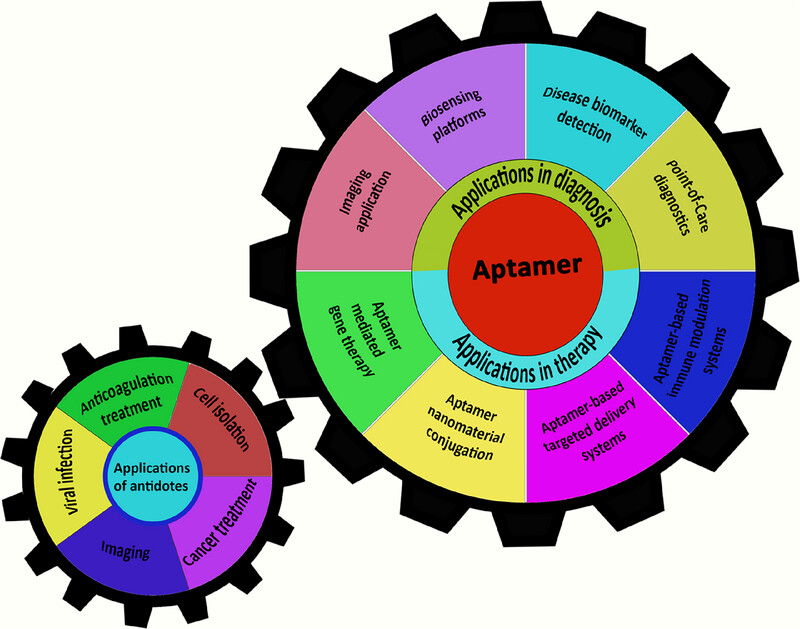
A summary showing potential applications of nucleic acid aptamers and antidotes. Aptamers and antidotes can be utilized in biomedical diverse areas. Nucleic acid aptamers have applications in several biomedical disciplines including theragnostic, molecular imaging, drug delivery, biosensors, and gene therapy. The therapeutic utilizes of aptamers can be classified into antagonists (inhibiting targets), agonists (activating targets), delivery systems, and gene therapy.




